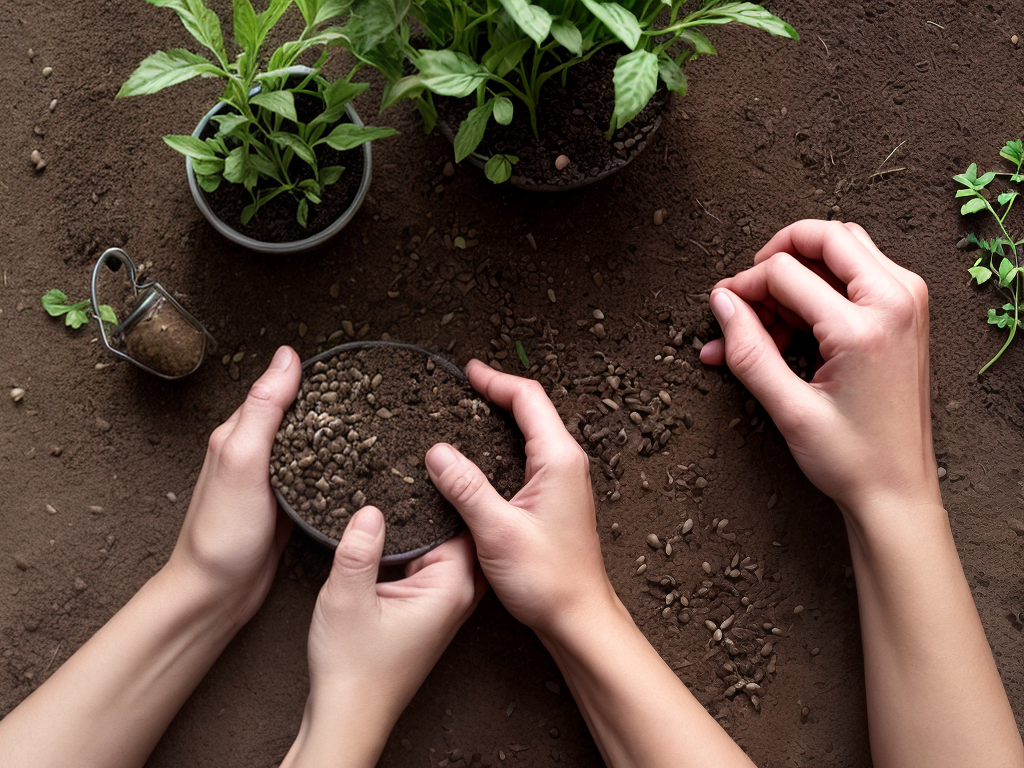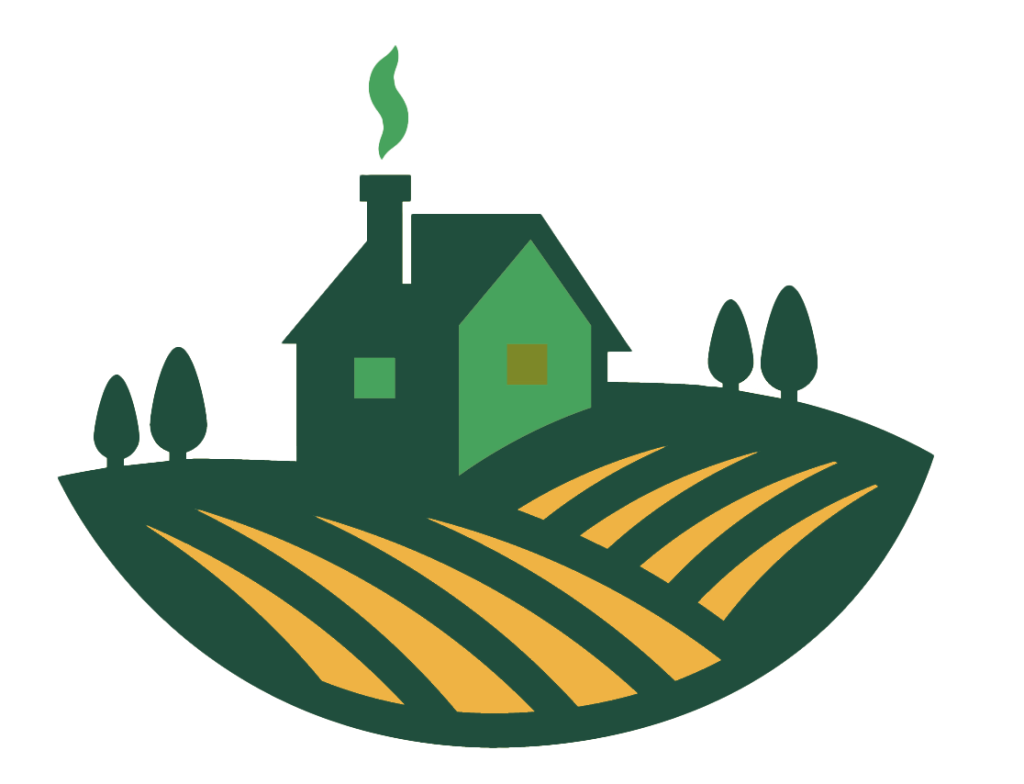
Did you know that cultivating organic seeds at home can lead to healthier and more sustainable plants? With just a few simple tips, you can successfully grow your own organic vegetables, herbs, and flowers. In this article, I will share my top tips for cultivating organic seeds at home. From choosing high-quality seeds to providing the right growing conditions, you’ll learn everything you need to know to start your own organic garden. Let’s get started!
Choose High-Quality Organic Seeds
To ensure successful organic seed cultivation at home, I always make sure to choose high-quality organic seeds by thoroughly researching reputable suppliers. Choosing organic seeds is crucial because it sets the foundation for a healthy and thriving garden. When selecting seeds, it is important to consider factors such as the seed’s origin, quality, and variety. Reputable suppliers provide detailed information about their seeds, including their organic certification, germination rates, and any special characteristics. By choosing high-quality organic seeds, you can be confident that you are starting with the best possible foundation for your garden. These seeds have been produced without the use of synthetic chemicals or genetically modified organisms, ensuring that your plants will grow in a natural and sustainable way. So take the time to research and select the best organic seeds for your garden, and you will be rewarded with a bountiful harvest of healthy, organic produce.
Prepare the Right Growing Medium
First, I mix the appropriate growing medium to create an optimal environment for my organic seeds. Choosing the right soil is crucial for the success of my seedlings. I opt for a well-draining soil mix that is rich in organic matter. This helps prevent waterlogging and allows for proper root development. I also ensure that the soil is free from any chemicals or contaminants that could harm my organic seeds.
Proper watering techniques are equally important. Overwatering can lead to root rot, while underwatering can cause stunted growth. I make sure to water my seeds gently and evenly, allowing the soil to become slightly dry between waterings. This encourages the roots to grow deeper in search of moisture, resulting in stronger and healthier plants. By preparing the right growing medium and implementing proper watering techniques, I create an ideal environment for my organic seeds to thrive.
Provide Adequate Sunlight and Temperature
When it comes to cultivating organic seeds at home, providing adequate sunlight and maintaining the right temperature are crucial factors for success. Optimal growing conditions are essential for the seeds to germinate and thrive. It is important to ensure that the seeds receive enough sunlight, as this is necessary for photosynthesis and healthy plant growth. Additionally, controlling the temperature is vital as different plants have specific temperature requirements for optimal growth. By providing the right amount of sunlight and temperature, you can create an ideal environment for your organic seeds to flourish.
Optimal Growing Conditions
Creating the optimal growing conditions for organic seeds at home involves ensuring they receive sufficient sunlight and maintaining the right temperature. To achieve this, follow these steps:
-
Soil Preparation
-
Choose a well-draining soil mix that is rich in organic matter.
-
Remove any weeds or debris from the planting area to prevent competition for nutrients.
-
Amend the soil with compost or organic fertilizers to provide a nutrient-rich environment for seed germination.
-
Watering Techniques
-
Water the seeds gently and consistently to keep the soil evenly moist.
-
Avoid overwatering, as it can lead to root rot or fungal diseases.
-
Use a watering can or a drip irrigation system to ensure the seeds receive adequate moisture without causing soil compaction.
Importance of Temperature Control
To ensure optimal growth, it is essential to provide adequate sunlight and maintain the right temperature for cultivating organic seeds at home. Temperature control is crucial because temperature fluctuations can have a significant impact on seed germination and growth. When the temperature is too low, seeds may not germinate at all, while excessively high temperatures can cause them to dry out and die. Maintaining ideal conditions involves understanding the temperature requirements of different seed varieties and adjusting the environment accordingly. Here is a table summarizing the temperature ranges for some common organic seeds:
| Seed Variety | Ideal Temperature Range |
|---|---|
| Tomatoes | 70-85°F |
| Lettuce | 60-70°F |
| Carrots | 50-85°F |
| Cucumbers | 70-95°F |
Water Your Seeds Properly
I carefully monitor and adjust the amount of water I provide to my organic seeds. Proper watering techniques are crucial for the success of seed germination and growth. To prevent seed rot and ensure healthy development, here are some key steps I follow:
-
Watering Schedule
-
I establish a consistent watering schedule to avoid overwatering or underwatering.
-
I water the seeds lightly but frequently to maintain moisture without saturating the soil.
-
Watering Method
-
I use a gentle misting spray or a watering can with a fine rose attachment to prevent damaging the delicate seeds.
-
I water the soil directly and avoid wetting the leaves to minimize the risk of fungal diseases.
Use Organic Fertilizers and Pest Control Methods
When it comes to cultivating organic seeds at home, using organic fertilizers and pest control methods is essential. Natural alternatives to pesticides can help protect your plants from harmful insects without introducing toxic chemicals into your garden. Organic fertilizers, such as compost or manure, provide essential nutrients to your plants without the use of synthetic additives. By using these organic methods, you can ensure the health and vitality of your plants while also promoting a more sustainable and eco-friendly gardening practice.
Natural Alternatives to Pesticides
One effective way to reduce the use of pesticides is by utilizing organic fertilizers and pest control methods. By opting for natural alternatives, we can maintain a healthy and thriving garden without harming the environment or our health. Here are some practical tips to consider:
-
Natural Pest Repellents
-
Planting herbs like basil, lavender, and mint can help repel pests due to their strong scents.
-
Introducing beneficial insects like ladybugs and lacewings, which feed on common garden pests, can help control their population naturally.
-
Companion Planting
-
Growing certain plants together can deter pests. For example, marigolds can repel nematodes when planted alongside tomatoes.
-
Planting onions or garlic near roses can deter aphids.
Benefits of Organic Fertilizers
To maximize the effectiveness of organic fertilizers and pest control methods, it is essential to understand the numerous benefits they offer. Organic fertilizers, such as compost, provide several advantages for your plants and the environment. Firstly, composting helps improve soil health by increasing its nutrient content and enhancing its structure. This results in healthier, more productive plants that are better able to resist diseases and pests. Additionally, organic fertilizers enrich the soil with beneficial microorganisms, promoting a balanced ecosystem underground. This can lead to improved water retention and reduced erosion, creating a more sustainable environment. By using organic fertilizers, you not only provide essential nutrients to your plants but also contribute to the overall health and well-being of your garden.
| Benefits of Organic Fertilizers | Importance of Soil Health |
|---|---|
| Increased nutrient content | Balanced ecosystem |
| Enhanced soil structure | Improved water retention |
| Disease and pest resistance | Reduced erosion |
Transplant Seedlings at the Right Time
Timing is crucial when it comes to transplanting seedlings for optimal growth and success. To ensure successful transplantation, it is important to follow the best time for transplanting. Here are some transplanting techniques to consider:
- Timing: Transplant seedlings when they have developed a strong root system and are approximately 2-4 inches tall.
- Indoor seedlings: Start transplanting indoor seedlings 2-3 weeks before the last frost date in your area.
- Outdoor seedlings: Wait until the soil has warmed up and the danger of frost has passed before transplanting seedlings outside.
Practice Proper Spacing and Pruning Techniques
When should I practice proper spacing and pruning techniques for my organic seedlings? It is important to begin practicing these techniques once your seedlings have established their first true leaves. At this stage, you can start spacing them out to ensure adequate room for growth. Spacing techniques involve giving each plant enough space to develop its root system and spread out its leaves without overcrowding. This allows for better air circulation and reduces the risk of disease. When it comes to pruning methods, it is best to start when your plants have grown a few inches tall. Pruning helps remove any dead or damaged leaves, encourages bushier growth, and directs the plant’s energy towards producing more flowers or fruits. Regular pruning also helps maintain the overall shape and health of your plants. Remember to use clean and sharp pruning tools to minimize damage to the plants. By practicing proper spacing and pruning techniques, you can ensure healthy and productive organic seedlings.
Monitor and Maintain Your Plants for Optimal Growth
Once your organic seedlings have been properly spaced and pruned, it is important to consistently monitor and maintain them for optimal growth. Here are some monitoring tips and common troubleshooting issues to keep in mind:
- Watering: Check the soil moisture regularly by sticking your finger about an inch deep. Water when the soil feels dry.
- Fertilizing: Use organic fertilizers to provide essential nutrients. Follow the instructions on the package for proper application.
- Yellowing leaves: If the leaves turn yellow, it may indicate a nutrient deficiency. Adjust the fertilizer accordingly.
- Stunted growth: If your plants are not growing as expected, it could be due to over or under-fertilization. Adjust the amount of fertilizer you are using.
- Pest control: Inspect your plants regularly for signs of pests, such as chewed leaves or small holes. Use organic pest control methods like neem oil or insecticidal soap.
- Disease prevention: Keep an eye out for any signs of disease, such as wilting or spots on the leaves. Remove affected plants to prevent the spread of disease.


